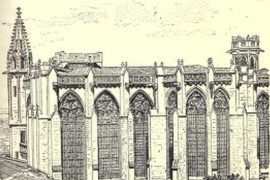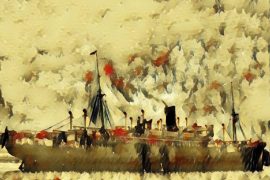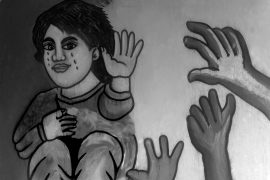Something remarkable happened in India in the second century B.C. Out of the myriad successions of kings and emperors, one took a pause from the struggle of power – and spoke directly to his subjects.
When you handle a piece of Indian currency today, a part of that message continues to be spread. The emblem of India, to be found on every official government document and legal tender, is the Sarnath Lion Capital of Emperor Ashoka (284-232 B.C).
The Lion Capital is one of 33 edicts (pillars and stones upon which Ashoka sought to communicate his ideas and story to his people) that survive today. The Mauryan Emperor had a story to tell, and knew he had to tell it himself, under the title ‘Beloved-of-the-Gods, King Piyadasi’. Previous generations of kings merely went about their business, invading and annexing other lands – their constant military success their only testimony to history.
Ashoka was, for a while, little different. He was raised in a time of great conquerors of the world; Alexander the Great, Ptolemy and his own grandfather – Chandragupta Maurya. He led a very bloody attack on the kingdom of Kalinga, located in modern day Orissa. The aftermath of the war served as a profound experience for Ashoka. 100,000 were killed, 150,000 were deported and many more made to suffer and die from the consequences of war.
Copyright©Madras Courier, All Rights Reserved. You may share using our article tools. Please don't cut articles from madrascourier.com and redistribute by email, post to the web, mobile phone or social media.Please send in your feed back and comments to [email protected]











